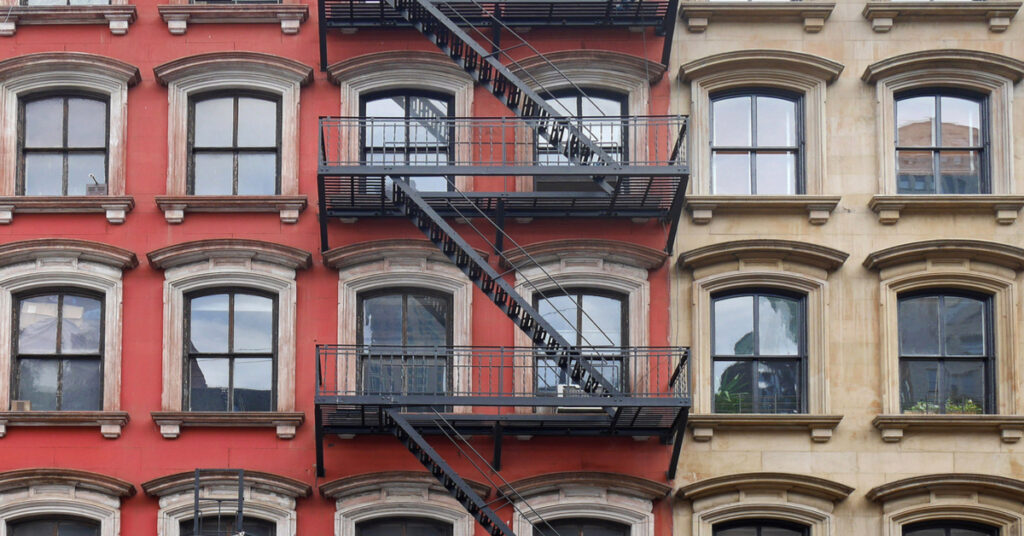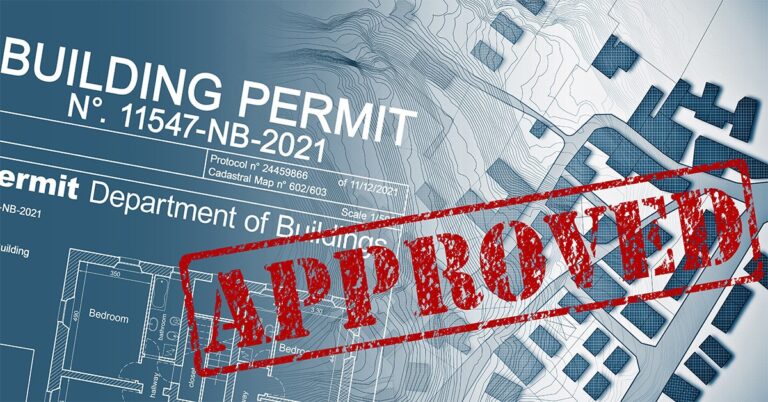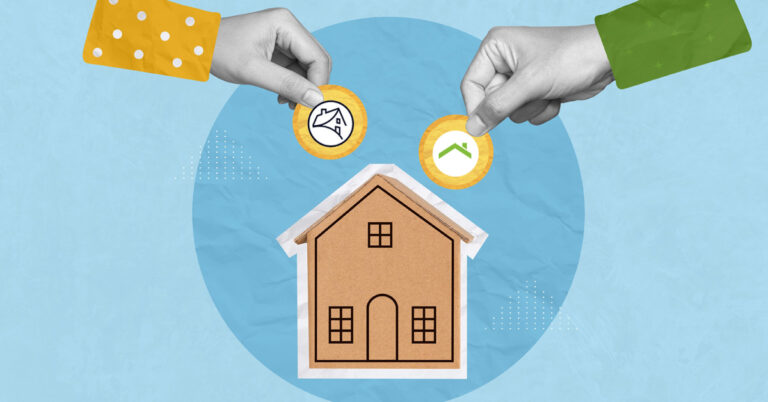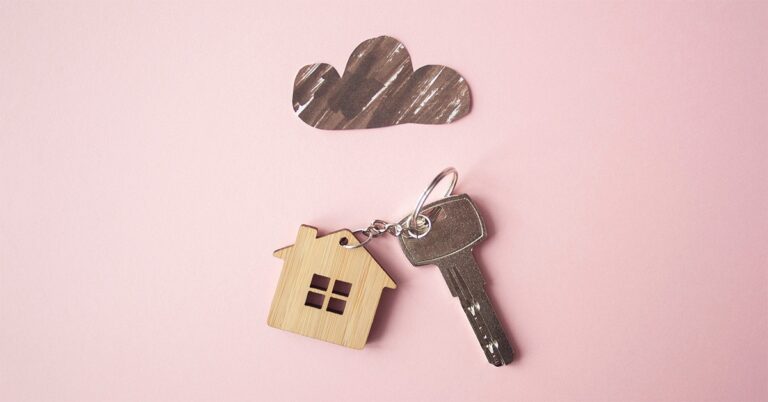With the multifamily housing market offering some measure of safety and stability for investors during the COVID-19 era, investor demand in the sector has been red-hot over the past couple of years. The recent surge in investor interest culminated in $215 billion in multifamily property sales last year — an all-time peak, according to Yardi Matrix. These deals averaged $192,100 per unit, also a record high.
But are these high prices justified by income growth? Has the apartment market become too frothy, like it was in the years prior to the global financial crisis? And with previous hyperactive trading periods often presaging downturns, is a crash in the cards? A new Yardi bulletin suggests caution for investors.
There are some differences between the torrid multifamily market of 2005 to 2007 and the current surge. For one, property-level leverage is “nowhere near as aggressive” as it was in the mid-2000s, Yardi noted. For another, rent growth today is much stronger than it has been historically. Apartment rents have grown 28% since 2017 and 54% since 2012.
Still, sales prices of late have risen substantially faster than the pace of rent growth. Yardi evaluated the past decade of repeat property sales, finding 4,500 multifamily assets (about 5.3% of all properties) that have been sold at least three times in the past 10 years. The average per-foot sales price of these properties rose 51% since 2017 and 120% since 2012.
Price growth has been partially boosted by the long-lasting, low interest rate environment of the past few years. Borrowing costs fell to historic lows in 2021, helping to push both sales and rent prices to their aforementioned highs. Multifamily loan coupons from 2021 through early 2022 typically ranged from 2.5% to 4%. But borrowing costs have risen considerably since, with most mortgage coupons now between 4% to 6%, depending on leverage, terms and the sponsor. With the Federal Reserve widely expected to keep raising its baseline rate throughout this year, the interest rate needle is pointed firmly upward.
Consequently, property deals have slowed as sellers and buyers acclimate to the new normal. Yardi reported that, in some cases, buyers that are looking to use leverage of 70% or more are finding financing hard to come by. Anecdotally, Yardi added, acquisition yields have yet to shift “more than marginally,” although movement seems unavoidable considering the increased borrowing costs and the uncertainty of the U.S. economy moving forward.
Granted, if previous history holds, investor views of future rent growth are a larger driver of the direction of acquisition yields than interest rates, Yardi observed. As long as investors think rents will keep growing at the strong clip the market has recently seen, they will likely continue to buy at low yields with a lower premium over Treasury rates.
Still, the current economy appears squarely poised for slower growth with a “not-insubstantial chance of recession over the next two years,” Yardi reported. This could cool investor sentiment about future rent growth while borrowing costs keep rising.
“Given that leverage levels in recent years have remained relatively conservative compared to the period before the global financial crisis, and the supply-demand imbalance in the U.S. housing market has produced extremely high occupancy rates, multifamily has good prospects relative to other segments of the economy and real estate,” Yardi’s Paul Fiorilla and Anca Gagiuc wrote. “Even so, there are enough red flags that investors should take the possibility of a downturn seriously and underwrite debt and equity with caution.”








